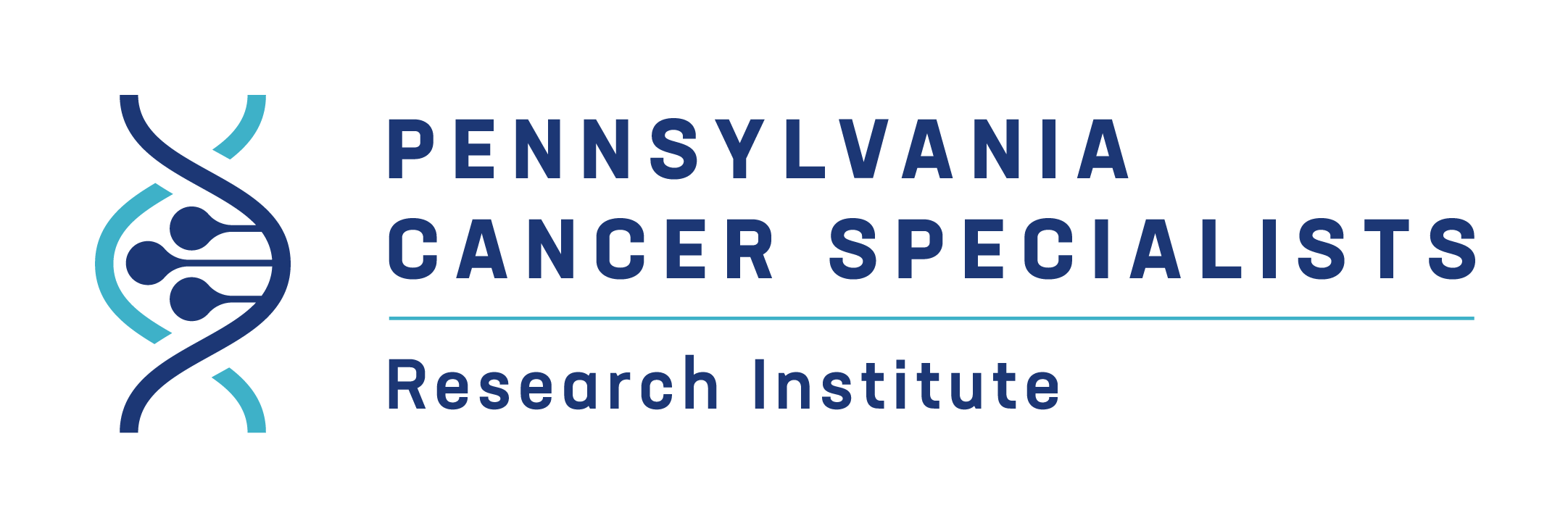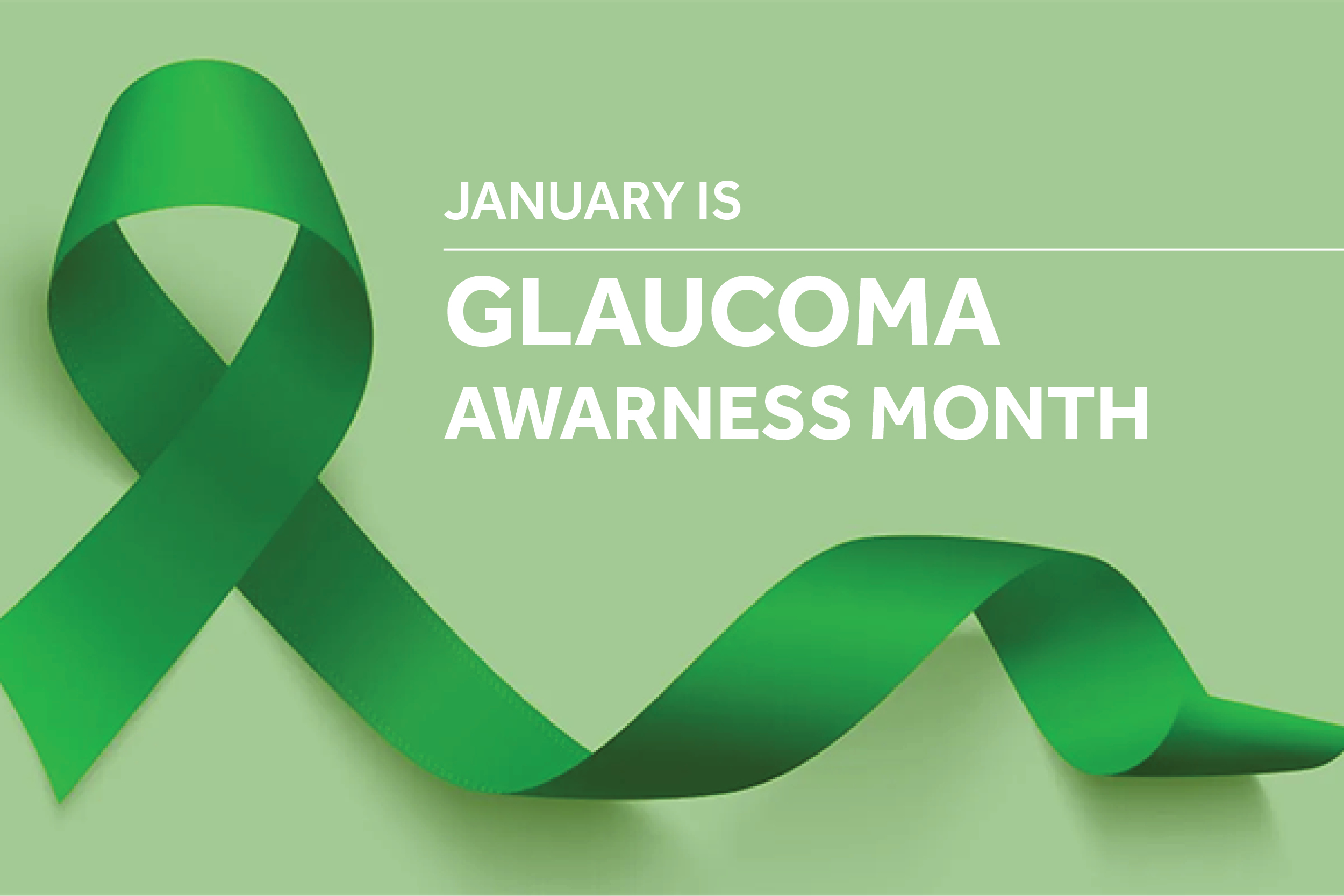Tips for Better Eye Health
Your eyes are a gift and a gateway to sight, allowing you to visually experience life’s beauty. That’s why it’s of utmost importance to prioritize your eye health. From the tolls of screen time and blue light exposure to environmental factors, your eyes face a variety of vision challenges. In honor of Glaucoma Awareness Month, we rounded up tips for maintaining better eye health and also dive into what causes glaucoma and how to prevent it.
Have you heard of glaucoma, but not quite sure what it is or what causes it? Glaucoma is a disease that damages the eye’s optic nerve, which is a nerve at the back of the eye that sends light signals to your brain so you can see. Glaucoma is typically caused by the build up of fluid in the front part of your eye, and this extra fluid can lead to an increase in the eye pressure, which can damage the optic nerve. Did you know the optic nerve is made of more than a million tiny nerve fibers? It’s like an electric cable made up of numerous small wires. When these nerve fibers die, blind spots develop in your vision, which might not be noticeable until most of your optic nerve fibers have died. Blindness is caused by all of the optic nerves dying.
There are two major types of glaucoma. Open-angle glaucoma and angle-closure glaucoma are also called “closed-angle glaucoma” or “narrow-angle glaucoma.” Open-angle glaucoma is the most common type of glaucoma. It happens gradually and is initially painless, with no vision changes. Whereas, angle-closure glaucoma occurs when someone’s iris is very close to the drainage angle in their eye, which can block the drainage angle. When the drainage angle gets completely blocked, eye pressure rises very quickly, which causes an acute attack. This attack is very serious and should be treated immediately to prevent blindness in the eye.
Glaucoma has no symptoms in its early stages. In fact, half the people with glaucoma aren’t aware that they have it. Regular eye exams can help your ophthalmologist find glaucoma, other eye diseases, or vision-related issues before your vision is significantly impacted or lost. Ask your ophthalmologist how often you should be examined.
Keep in mind that glaucoma is just one of many eye diseases. It’s pivotal to take preventative measures early on to avoid vision problems in the future. Healthy habits like eating well and exercising can help lower your risk for diseases and conditions like diabetes or high blood pressure, which can lead to eye or vision issues. By prioritizing eye health, you're not only preserving your vision but also enhancing your quality of life. Set your sights on things you can do to support overall eye function and healthy vision; your future self will thank you.
Regular Eye Exams
Although your vision may feel normal and your eyes appear healthy, it’s important to go for regular eye exams and specifically get a dilated eye exam to take a look at your eyes. It’s the single best thing you can do for your eye health. Many eye diseases, such as glaucoma or age-related macular degeneration, often develop without noticeable symptoms in the initial stages. A dilated eye exam is the only way to check for potential eye diseases early on when they’re easier to treat. Your risk for eye disease determines how often you need a dilated eye exam, and it’s recommended that you should get a dilated eye exam every 1 to 2 years if you’re over 60 years old or have a family history of glaucoma. Talk to your doctor about what’s right for your eyes.
Eat Vision-Healthy Foods
Some evidence shows that dietary antioxidant vitamins and minerals (A, C, and E, and the mineral zinc) may help prevent the progression of macular degeneration. Studies have shown that lutein and zeaxanthin help reduce the risk of chronic eye diseases and developing cataracts. Dark green leafy vegetables are the primary source of lutein and zeaxanthin. Eating fish that are high in omega-3 fatty acids — like salmon, tuna, and halibut — can help reduce inflammation, enhance tear production and support the eye’s oily outer layer. Omega-3 fatty acids can also be found in flaxseed and walnuts, and are important for proper visual development and retinal function. Take a look at the best food sources for eye-healthy nutrients:
Nutrients:
- Lutein, zeaxanthin:
- Food: Broccoli, Brussels sprouts, collard greens, corn, eggs, kale, nectarines, oranges, papayas, romaine lettuce, spinach, and squash
- Omega-3 fatty acids:
- Food: Flaxseed, flaxseed oil, halibut, salmon, sardines, tuna, and walnuts
- Vitamin A:
- Food: Apricots, cantaloupe (raw), carrots, mangos, red peppers (raw), ricotta cheese (part-skim), spinach, and sweet potatoes
- Vitamin C:
- Food: Broccoli, Brussels sprouts, grapefruit, kiwi, oranges, red peppers (raw), and strawberries
- Vitamin E:
- Food: Almonds, broccoli, peanut butter, spinach, sunflower seeds, and wheat germ
- Zinc:
- Food: Chickpeas, oysters, pork chops, red meat, and yogurt
Exercise Regularly
Incorporating exercise into your daily or weekly routine has a myriad of benefits. It can also lower your risk of health conditions like diabetes, high blood pressure, and high cholesterol, which can cause eye health or vision problems. According to the current Physical Activity Guidelines for Americans, adults need 150 minutes of moderate-intensity physical activity and two days of muscle-strengthening activity each week. Physical activity is anything that gets your body moving. 150 minutes of physical activity each week might sound like a lot, but you don’t have to do it all at once. You could break it out into 30 minutes a day, five days a week, or whatever works best for your schedule.
Protect Your Eyes from UV Rays
Sun exposure, including both UVA and UVB radiation, can harm your eyes and increase the risk of conditions like cataracts, age-related macular degeneration, and even eye cancer. That’s why it’s extremely important to wear sunglasses that offer UV protection when you spend time outside, even on cloudy days. Look for sunglasses that block 99 to 100 percent of both UVA and UVB radiation. Wearing a wide-brimmed hat can also help protect your eyes from sun damage.
Give your Eyes a Rest
In today’s digital age, looking at a computer screen, TV, or phone for a long time can cause eye fatigue. That’s why resting your eyes is important to alleviate any eye strain. A great way to do this is by following the 20-20-20 rule. Every 20 minutes, take a 20-second break to look at something 20 feet away as an effort to help your eye muscles relax and reduce any tiredness of the eyes associated with staring at a screen for an extended period.
Say No to Smoking
We all know smoking cigarettes is bad for your lungs and overall health, but it can also be detrimental to your eye health. Smoking cigarettes can damage important parts of your eye that play a key role in maintaining clear eyesight and vision, which can make your vision cloudy, reduce your field of vision, or even cause vision loss. Smoking can affect your retina, lens, and macula, and can increase your risk of diseases like macular degeneration and cataracts, and can harm the optic nerve. Studies have shown that people who smoke cigarettes are two to three times more likely to develop cataracts than people who don’t smoke. Thus, another reason to put down the cigarette.
If you have any questions about your eyes, scheduling an exam, or your treatment, talk to your doctor.
Sources:
AAO: What Is Glaucoma? Symptoms, Causes, Diagnosis, Treatment
Harvard Health Publishing: Top foods to help protect your vision
FDA: How Smoking Can Contribute to Vision Loss and Blindness


